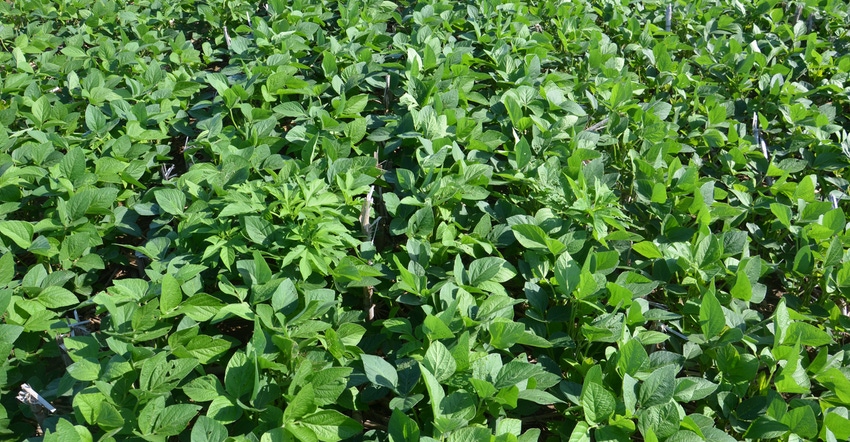January 14, 2019

State regulators and the Indiana Pesticide Review Board strongly considered imposing stricter rules for dicamba herbicide application over dicamba-tolerant soybeans than what U.S. EPA imposed when it extended registration of these products through 2020. In the end, regulators compromised with farmers and ag business leaders who preferred giving the new EPA guidelines a chance to work. The guidelines for applying these products in Indiana for 2019 are the same as those spelled out on the federal labels for each product.
However, Dave Scott, pesticide administrator with the Office of Indiana State Chemist, says regulators will monitor what happens in 2019 closely. And they’re not waiting until spraying season starts to begin working on how they should evaluate what happens with off-target crop injury issues related to dicamba-application in 2019.
Before the season begins, regulators want to have their own guidelines on paper that outline what a successful application season with dicamba being applied over dicamba-tolerant soybeans should look like. Discussion will start at the Indiana Pesticide Review Board meeting in January, Scott says.
It’s clear that regulators are looking for more than just a numerical measure for drift or crop injury complaints compared to the past two seasons. Application of dicamba products for dicamba-tolerant Xtend soybeans, including XtendiMax, Engenia and FeXapan, began in 2017 and continued in 2018. OISC handled some 150 official complaints for drift and crop injury related to dicamba-tolerant Xtend soybean herbicides in 2017, and slightly more last year.
Regulators are looking for a reduction in complaint issues and want to devise a way to evaluate complaints that goes beyond just looking at percentage reduction in complaints from previous years, Scott notes.
You can help
“We’re seeking advice from growers and anyone who has ideas on this topic,” Scott says. “We would like to know what those in the farming community believe should be used as a measure of success for the new EPA guidelines.”
One way to have your thoughts counted is to provide input through grower and applicator trade associations, Scott says. Those groups will be forwarding input to OISC and the Indiana Pesticide Review Board.
This isn’t a process that will occur overnight, Scott says. Progress made toward a possible solution will be posted online.
When OISC announced there would no further restrictions imposed in Indiana for the federal EPA label for these dicamba products, OISC reserved the right to monitor what happens in 2019 and suggest changes, if necessary, before 2020, Scott says.
Restrictions that had been considered included an earlier cutoff date for applying these dicamba products. Other states used a similar approach and seemed to obtain some success in 2018. It would likely be one of the first options considered if it appears more action is needed to reduce dicamba off-target issues going forward, experts say.
Comments? Email [email protected].
You May Also Like




